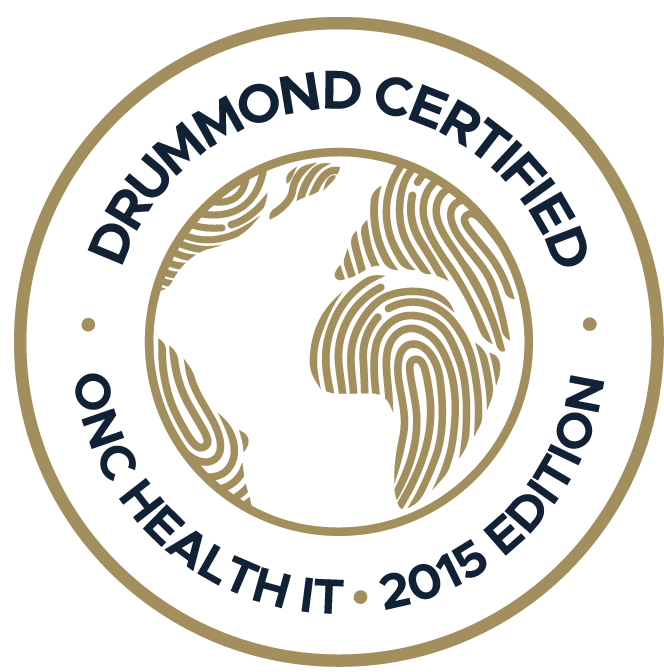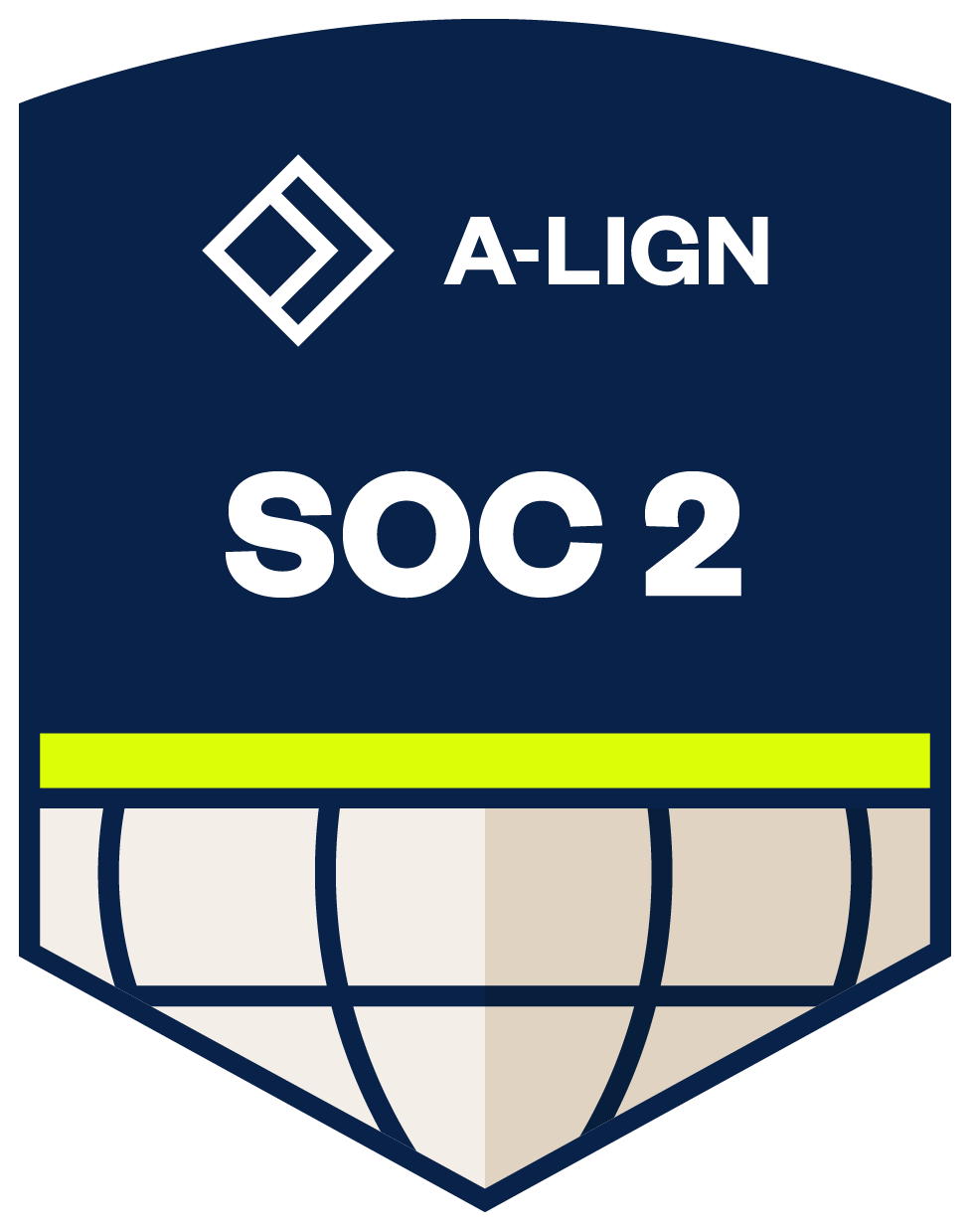Is your practice struggling to overcome operational bottlenecks despite trying everything from hiring extra staff to outsourcing certain tasks? A reliable healthcare practice management software might be the answer...
E-prescribing is becoming increasingly popular in the modern healthcare landscape, thanks to its numerous benefits that address critical issues. One significant concern is drug prescription errors, which, according to research, lead to approximately 80,000 deaths annually in the United States and cost over $40 billion. These alarming statistics highlight the urgent need for improved prescription methods.
As part of electronic health strategies, implementing electronic prescribing is viewed as a vital pharmaceutical policy reform in many countries, including the United States. E-prescribing software, like Practice EHR, plays a crucial role in enhancing patient safety, reducing costs, and streamlining the prescribing process.
In this article, we delve into the numerous benefits of electronic prescribing in modern healthcare, demonstrating how this technology is transforming the industry for the better.

1. Boosting Patient Safety with E-Prescribing
Boosting patient safety with electronic prescribing is one of the most significant advancements in modern healthcare. Electronic prescribing systems drastically reduce the risk of prescription errors, a major concern that affects patient health and safety.
- Reducing Prescription Errors
One of the primary benefits of electronic prescribing is its ability to minimize prescription errors. By automating the prescription process, e-prescribing systems prevent common mistakes, such as incorrect dosages or drug names. This accuracy is crucial in preventing adverse drug events, which can have serious consequences for patient health. With electronic prescribing, healthcare providers can feel confident that their patients are receiving the correct medications.
- Ensuring Legibility and Clarity
Electronic prescribing eliminates the issue of illegible handwriting, which has been a longstanding problem in the medical field. When prescriptions are handwritten, pharmacists often struggle to decipher the information, leading to potential errors in medication dispensing. Electronic prescribing generates clear, standardized prescriptions, ensuring that pharmacists can accurately fill orders. This clarity not only boosts patient safety but also improves the efficiency of the pharmacy workflow.
- Integrating Patient Medical History
Another key advantage of electronic prescribing is its integration with patient medical records. This integration allows healthcare providers to access a patient's comprehensive medical history, including allergies and current medications. Such access is vital in preventing adverse drug interactions and contraindications. By having all relevant information at their fingertips, providers can make more informed prescribing decisions, ultimately enhancing patient safety and care quality.
2. Enhancing Prescription Accuracy
Enhancing prescription accuracy is a key benefit of electronic prescribing in modern healthcare. With traditional methods, prescription inaccuracies can lead to significant health risks and complications. Electronic prescribing systems address this issue by ensuring precise and reliable prescription processes.
- Automated Allergy and Interaction Checks
One of the main features of e-prescribing software is its ability to automatically check for drug allergies and interactions. When a healthcare provider enters a prescription, the system cross-references the patient's medical history for any potential allergies or contraindications. This automated process reduces the risk of adverse drug reactions, ensuring that prescriptions are safe and appropriate for each patient.
- Real-Time Access to Medication Records
Electronic prescribing systems, like PracticeEHR, provide healthcare providers with real-time access to patient medication records. This access allows providers to see all current and past medications a patient is taking, which is essential for avoiding duplicate therapies and potential drug interactions. By having comprehensive medication records at their fingertips, providers can make more informed decisions, improving the overall accuracy of prescriptions.
- Standardized Prescription Formats
Another advantage of electronic prescribing is the use of standardized prescription formats. These formats eliminate the variability that often comes with handwritten prescriptions, such as unclear abbreviations or dosage instructions. Standardized templates ensure that all necessary information is included and presented clearly, reducing the likelihood of errors during the dispensing process. This standardization helps pharmacists accurately fill prescriptions, enhancing patient safety and treatment efficacy.
3. Cutting Costs with E-Prescribing
Electronic prescribing offers healthcare providers a major advantage in cutting costs. It offers significant savings while enhancing patient care. E-prescribing software, like PracticeEHR, streamlines the prescribing process, reducing both direct and indirect costs associated with traditional prescription methods.
- Reducing Medication Errors
One primary way electronic prescribing cuts costs is by reducing medication errors. Prescription errors can lead to adverse drug events, resulting in additional treatments, hospitalizations, and even litigation costs. Electronic prescribing saves healthcare providers substantial amounts of money by minimizing these errors through automated checks and clear prescriptions. This reduction in errors improves patient safety and lowers the financial burden on the healthcare system.
- Decreasing Administrative Costs
Electronic prescribing also helps in decreasing administrative costs. Traditional paper-based prescribing involves significant administrative work, including filing, storing, and retrieving prescriptions. It eliminates the need for physical paperwork, leading to cost savings on paper, printing, and storage. Additionally, the automation of prescription renewals and medication management reduces the time staff spend on administrative tasks, further cutting costs and increasing efficiency.
- Enhancing Medication Adherence
Another cost-saving benefit of electronic prescribing is its impact on medication adherence. When the process is streamlined and efficient, patients are more likely to pick up and take their medications as prescribed. Improved adherence reduces the likelihood of complications and hospital readmissions, which can be costly for both patients and healthcare providers. By ensuring patients follow their prescribed treatment plans, electronic prescribing contributes to better health outcomes and financial savings.
4. Streamlining the Prescribing Process
Streamlining the prescribing process with electronic prescribing systems, like PracticeEHR, brings efficiency and clarity to healthcare practices. By automating and integrating various steps, e-prescribing software ensures that prescriptions are handled swiftly and accurately.
- Faster Prescription Generation
One of the key benefits of electronic prescribing is the speed at which prescriptions can be generated. Healthcare providers can enter and send prescriptions directly to pharmacies with just a few clicks. This rapid process reduces the waiting time for patients and allows providers to see more patients throughout the day. The immediate transmission of prescriptions also means that patients can start their treatment sooner, enhancing their overall care experience.
- Streamlined Workflow for Providers
E-prescribing systems significantly streamline the workflow for healthcare providers. Automated features such as drug interaction checks, allergy alerts, and dosage calculators simplify the prescribing process, reducing the cognitive load on providers. This automation ensures that critical safety checks are performed consistently, allowing providers to focus more on patient care rather than administrative tasks. The streamlined workflow leads to greater efficiency and job satisfaction among healthcare staff.
- Reducing Administrative Burden
By digitizing the prescribing process, e-prescribing software reduces the administrative burden associated with managing paper prescriptions. There is no need for physical filing, retrieval, or storage of prescription records. This approach saves time and reduces the risk of lost or misplaced prescriptions. Additionally, automated refill requests and medication management features further reduce the workload for administrative staff, allowing them to allocate their time to more critical tasks.

5. Elevating Patient Convenience
Elevating patient convenience is a crucial benefit of e-prescribing, which enhances the overall healthcare experience for patients. By simplifying the prescription process, electronic prescribing ensures that patients receive their medications more efficiently and conveniently.
- Direct Transmission to Pharmacies
Electronic prescribing allows prescriptions to be sent directly to pharmacies, eliminating the need for patients to drop off paper prescriptions. This direct transmission reduces the waiting time for patients, allowing them to pick up their medications faster. It also minimizes the risk of lost or forgotten prescriptions. Thus, it ensures that patients get their medications promptly and without hassle.
- Streamlined Refill Requests
Patients benefit significantly from the streamlined refill request process provided by e-prescribing software like PracticeEHR. Patients can request refills electronically instead of calling their healthcare provider or visiting the office for a refill. This convenience saves time and effort for both patients and providers. Automated refill reminders also ensure that patients do not run out of their medications, promoting better adherence to treatment plans.
- Access to Medication History
Electronic prescribing systems give patients easy access to their medication history through secure patient portals. This access allows patients to view their current and past prescriptions, helping them stay informed about their treatment plans. Being able to review their medication history also empowers patients to take an active role in their healthcare, leading to better health outcomes. Patients can easily share their medication history with other healthcare providers, which ensures coordinated and comprehensive care.
Practice EHR - ONE That Offers the Best E-prescribing Experience!
Practice EHR is the premier e-prescribing software, offering numerous benefits that enhance patient safety, streamline workflows, and elevate patient convenience. By integrating advanced features, PracticeEHR ensures accurate and efficient electronic prescribing, reducing errors and administrative burdens.
For healthcare providers looking to optimize their practice and provide superior patient care, adopting electronic prescribing with PracticeEHR is the best option. This powerful tool simplifies the prescribing process and significantly improves the overall efficiency and effectiveness of healthcare delivery.
Topics: Patient Care, EHR Solution, Specialty-Specific EHR, digital age, HIPAA Security, Industry Update, Medical Billing, Medical billing services, RCM, EHR, Technology in Healthcare, ePrescribing
RECENT POSTS



TOPICS
- EHR Solution (191)
- EHR (124)
- digital age (117)
- Patient Care (116)
- Medical Billing (110)
- Specialty-Specific EHR (110)
- Industry Update (97)
- Technology in Healthcare (84)
- EHR Features (79)
- Small Practice (77)
- Medical billing services (72)
- HIPAA Security (62)
- Integrated EHR (62)
- RCM (62)
- New Technology (44)
- Cloud-based EHR (43)
- Telemedicine (42)
- Healthcare Office Management (40)
- Practice EHR News (38)
- Kiosk (31)
- Revenue Cycle Management (28)
- AI Solutions (23)
- ePrescribing (21)
- AI Scribing (16)
- Best EHR Software (16)
- EMR (12)
- Practice Management Software (12)
- AI-powered Medical Billing (10)
- Client Favorites (10)
- Practice Automation (10)
- TeleVisit (10)
- The ONE (10)
- AI EHR (9)
- Switching to New EHR (9)
- MACRA/MIPS (8)
- Patient Portal (8)
- Urgent Care (8)
- AI Scribe (7)
- Best EHR Practice (7)
- EHR Integration (7)
- Psychiatry EHR (7)
- E-Prescribing (6)
- Product Updates (6)
- events (6)
- AI scanning (5)
- MIPS (5)
- Automated Health Tools (4)
- HIPAA (4)
- Insider (4)
- Internal Medicine EHR (4)
- MIPS Reporting (4)
- Mobile EHR (4)
- Orthopedics EHR (4)
- Podiatry (4)
- Podiatry EHR (4)
- Telehealth Platform (4)
- Chiropractic EHR (3)
- Digital Experiences (3)
- EHR Flaws (3)
- EHR Implementation (3)
- EHR for Chiropractors (3)
- EHR for Small Practices (3)
- Family Medicine EHR (3)
- Integrated Practice Management (3)
- Medical Practice Management Software (3)
- Patient Check-in Kiosk (3)
- PracticeEHR GO App (3)
- Regulatory Updates (3)
- Telehealth Platforms (3)
- Clearinghouse (2)
- Dermatology EHR (2)
- EHR Scheduling (2)
- Eligibility Verification in Medical Billing (2)
- Foot and Ankle Care (2)
- Foot and Ankle EHR (2)
- Health records 101 (2)
- Medical Coding Services (2)
- Medical Credentialing (2)
- Multilingual AI Scribe (2)
- Quality of Patient Care (2)
- Reporting Under MIPS (2)
- Risk and Liability in Medical Settings (2)
- What Works Clearinghouse (2)
- AI Scan (1)
- Bariatric EHR (1)
- Behavioral Health Practices (1)
- Billing Communication (1)
- Billing for Private Practices (1)
- Cardiology EHR (1)
- Cash Flow (1)
- Cashless Payments (1)
- Charting (1)
- Data Security (1)
- Dos and Don'ts (1)
- EHR Guides (1)
- EHR KPIs (1)
- EHR Questions to Ask (1)
- EHR Transition (1)
- EHR for Chronic Illness (1)
- EMR vs EHR Difference (1)
- ENT EHR (1)
- Endocrinology EHR (1)
- Family Medicine (1)
- Gastroenterology (1)
- Gastroenterology EHR (1)
- General Surgery EHR (1)
- Geriatric AI scribe (1)
- Geriatrics EHR (1)
- Guides (1)
- Healthcare Compliance Certification (1)
- Healthcare Practice Office Management (1)
- Help Center Videos (1)
- Insurance Reimbursement (1)
- KPI (1)
- Key Performance Indicators (1)
- Lab Processing (1)
- MACRA (1)
- Medical Billing Partner (1)
- Nephrology EHR (1)
- Neurology EHR (1)
- Pain Management EHR (1)
- Pediatrics EHR (1)
- Physical Therapy EHR (1)
- Practice Cash Flow (1)
- Practice Efficiency (1)
- Pulmonology EHR (1)
- Reconsider Your EHR (1)
- Simplify Practice Management (1)
- Staffing in Healthcare (1)
- Switch Medical Billing Providers (1)
- Urgent Care Medical Billing (1)
- Urology EHR (1)
- Voice-Activated AI Scribe (1)
- insurance claim denials (1)








